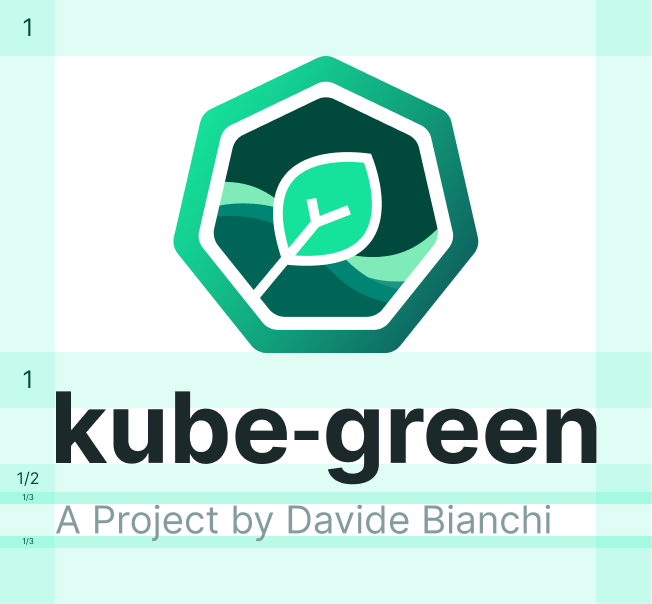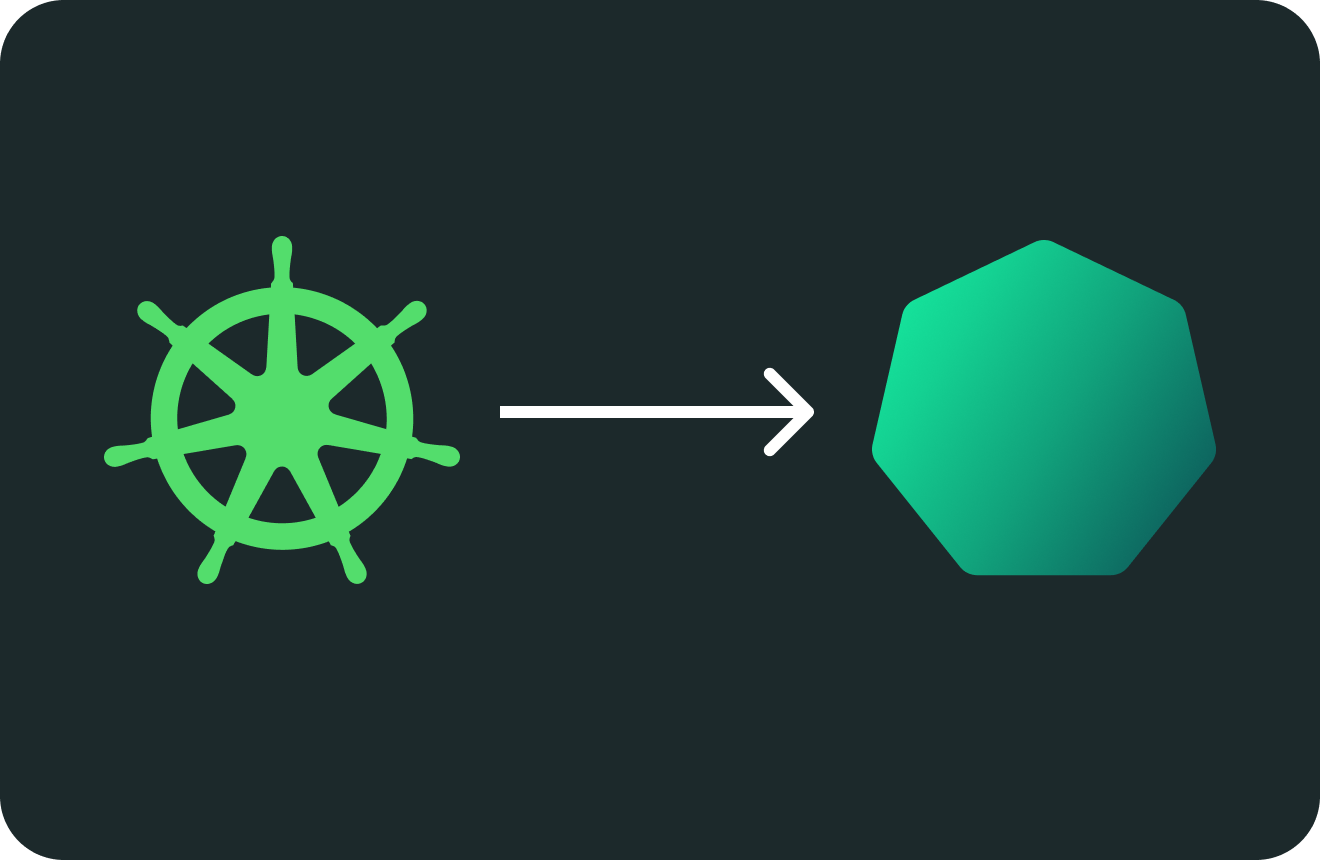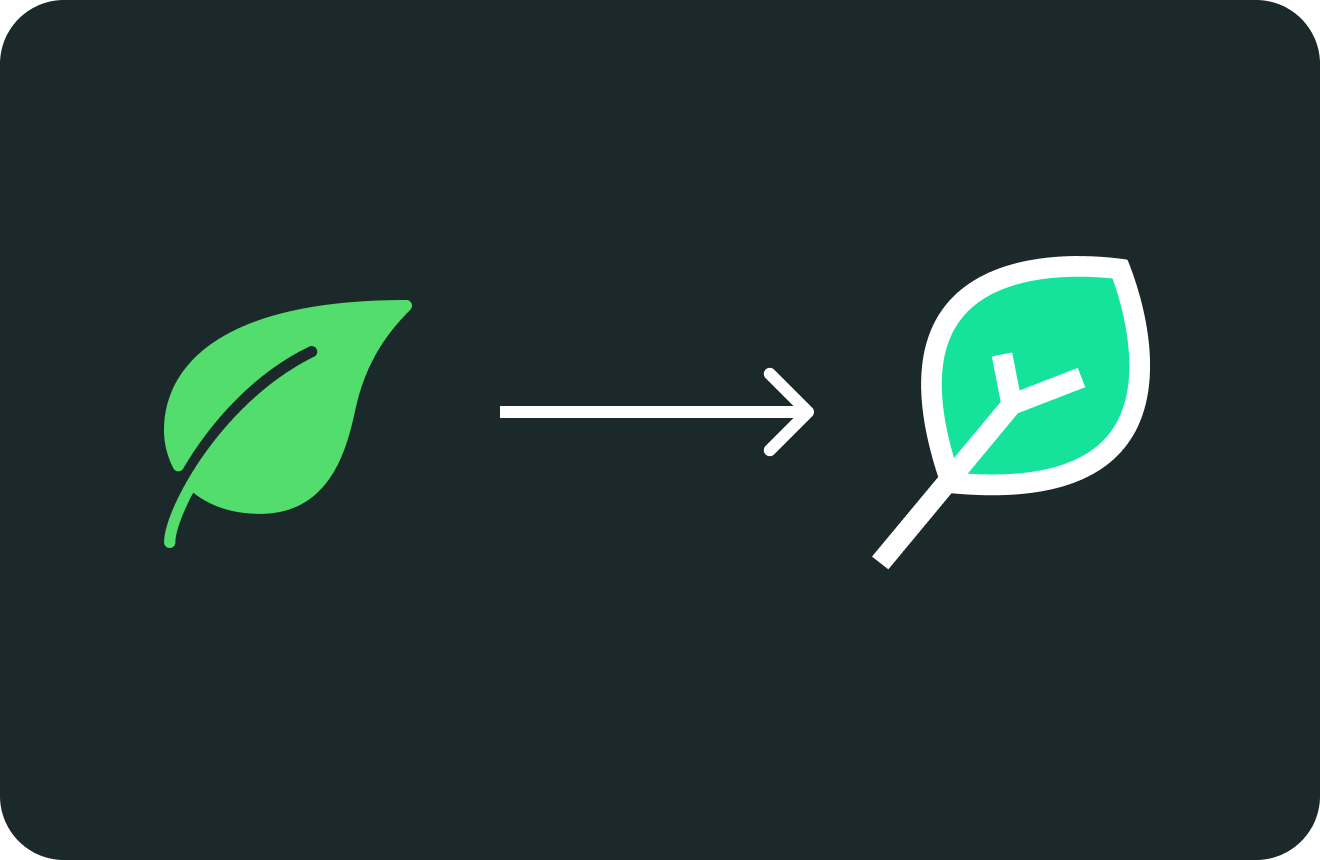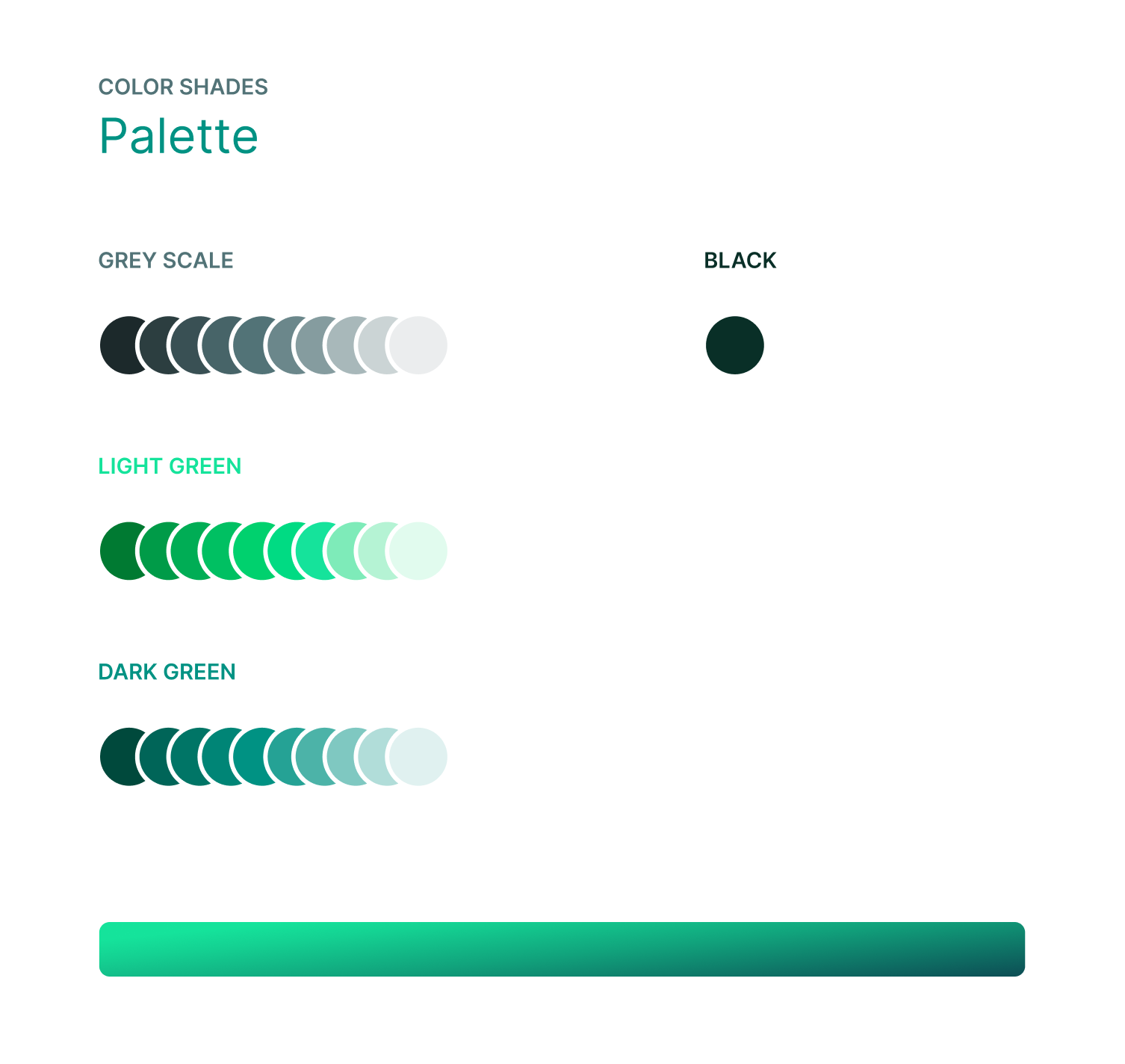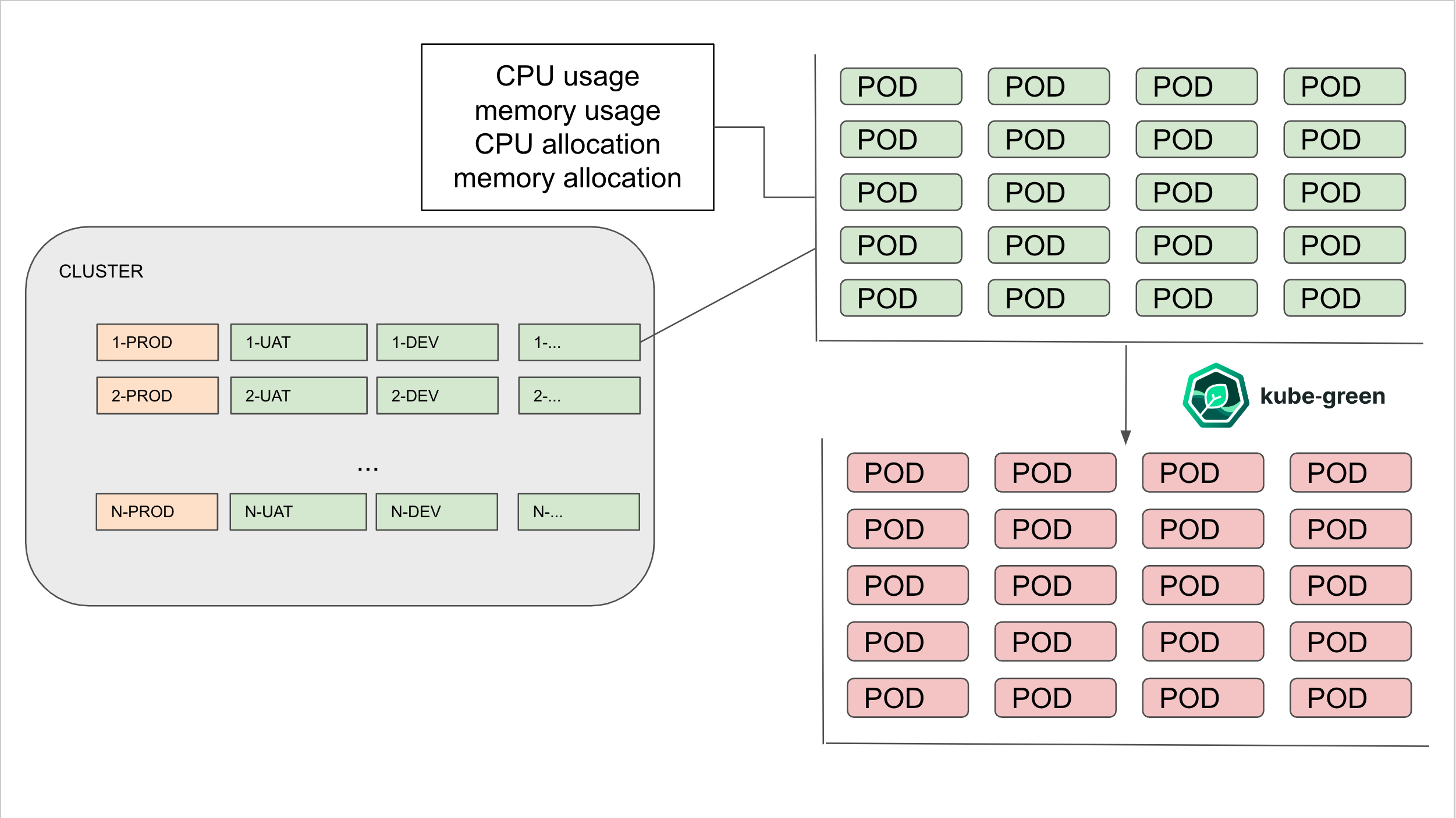Announcing kube-green in CNCF landscape
We are happy to announce that kube-green is now listed in the CNCF Landscape.
This is an amazing achievement that makes us very proud of all the work we've been doing supporting this project.
What is the CNCF Landscape?
For those who are not familiar with the cloud ecosystem, the CNCF — Cloud Native Computing Foundation — is "the open source, vendor-neutral hub of cloud native computing".
The goal of the CNCF is to host cloud native projects, both open source and proprietary software, in order to foster their adoption and to make cloud native universal and sustainable.
The CNCF Landscape is an interactive and curated list of all the available tools and organizations that work with cloud native technologies. Everything is organized in categories and subcategories, so that it is easier to navigate and find the right tool for every need. The Landscape is maintained by the CNCF staff: everyone is encouraged to propose open-source projects by opening a pull request to the dedicated GitHub Repository.
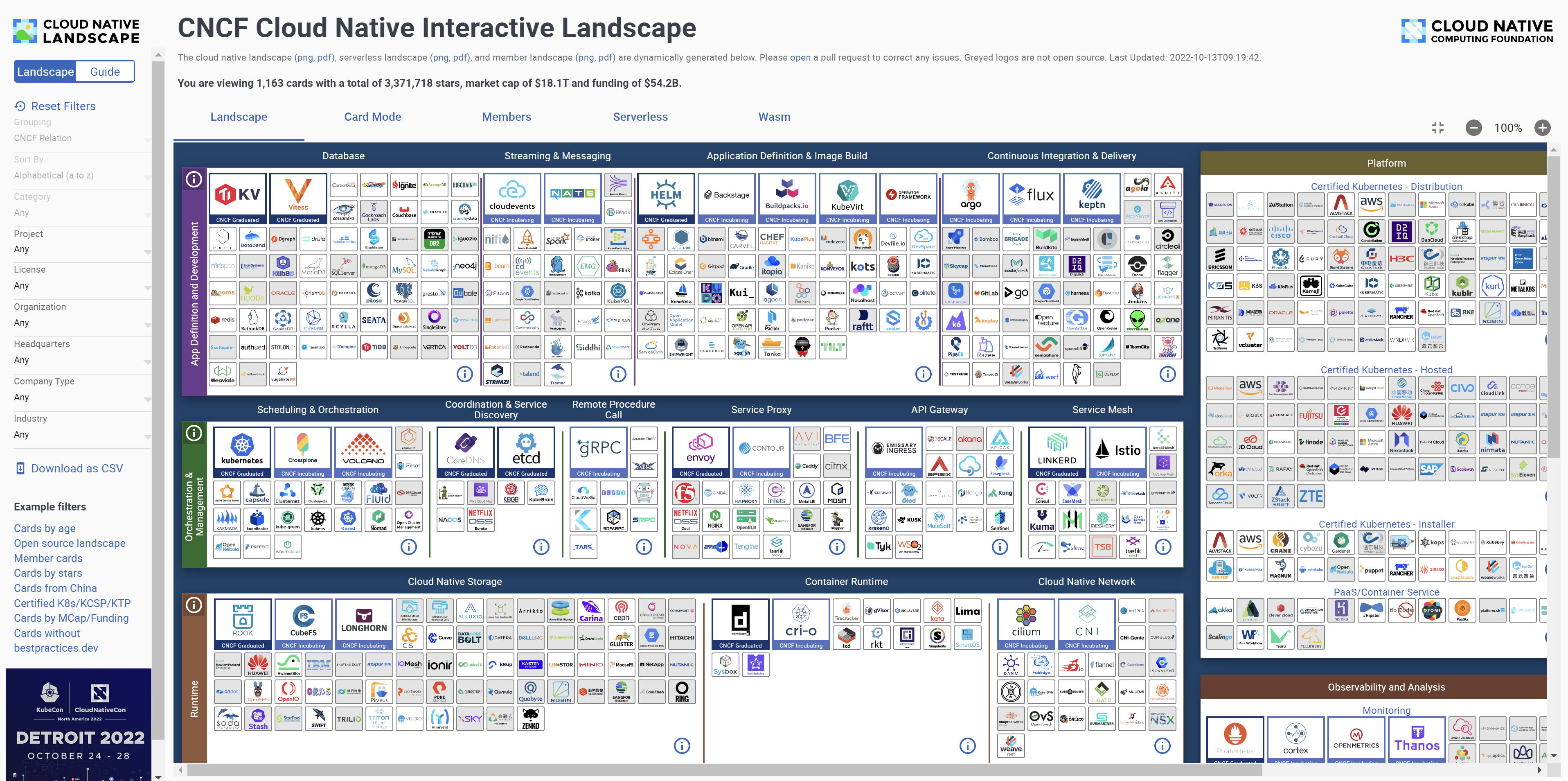
kube-green in the CNCF Landscape
Starting from October 7th, kube-green is listed in the Scheduling & Orchestration subcategory, which is part of the Orchestration & Management category.
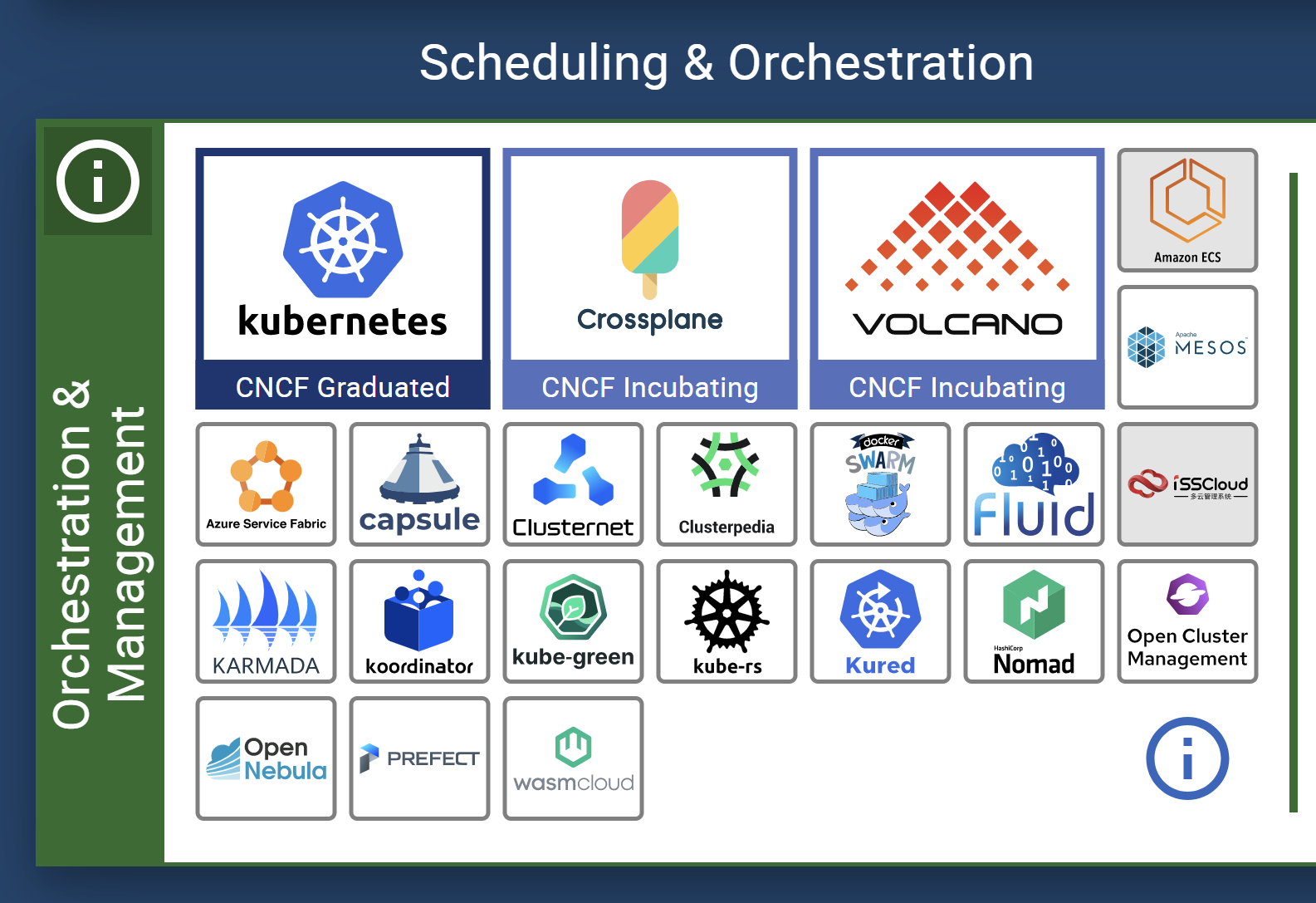
In the same category of Kubernetes, the de facto standard for orchestrating containerized application, now you can find our open-source tool that allows you to schedule when to stop unused pods.

For example, with kube-green you will be able to stop all the pods of non-production environments at night-time and in non-working hours. kube-green takes also care of automatically restarting pods at scheduled hours, and, if needed, you can always restart any pod at any time. In this way you can save resources and money, while also reducing the carbon footprint of your infrastructure. If you want to learn more about it, read our Intro to kube-green and take a look at the documentation.
Help us make kube-green grow
We strive to reach as many people as possible: the more people use kube-green, the more we reduce overall CO2 emissions. To do so, we need all the help we can get.
How can you contribute? There are many ways to make the difference, even for non-technical people. Here is a list of some actions you can take:
- Tell everyone about kube-green: share the repository, the website, or the CNCF card on social media and tag us;
- Star the project on GitHub: let the world know how many people love this project;
- Join the community and connect with other users through the GitHub discussions;
- Tell us how you use kube-green and what you love most of it: reach out to Davide (creator of kube-green) or to Michel (Developer Advocate at Mia-Platform) and tell us everything;
- Improve the documentation by opening a pull request on the dedicated GitHub repository;
- Expand the project, adding more features or resolving any open issues: just follow the contribution guidelines.


